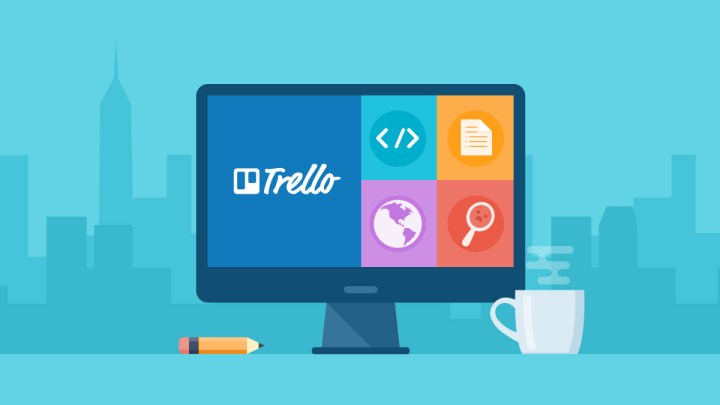
You don’t stop doing work just because you’ve gone offline, and now, Trello won’t either. On Friday, the desktop and mobile app that is the favorite of project managers and hyperorganized individuals everywhere announced a critical change to its iOS version — the ability to work offline.
“Whether you’re home, on a plane, in a tunnel or in the middle of nowhere, you can use Trello without worrying if you’re connected,” Trello wrote in its iOS release notes. “Your work will automatically sync when you are back online.”
The feature is one that has been in high demand for years now. While Trello offered the semblance of a solution in 2015 and began offering a beta version of offline support in 2016, this is the first time that all Trello users can take advantage of the offline feature.
The Atlassian-owned company joins a host of other productivity and work apps that have recently made operations possible, even when users are offline. A whole host of Google apps boast the function, and even Netflix has joined the party by allowing viewers to download their content ahead of time in anticipation of spotty connectivity.
So what exactly can you do offline with Trello? Thanks to the latest iOS update, you can add new cards and their details (like members, labels, and the like), and you can move cards from board to board. While these changes won’t necessarily be reflected on other members’ screens, you’ll be able to see which cards still need to be synced with the icon of arrows pointing in a circle.
The Android version of offline Trello is still in beta, but the functionality is much the same. So if you’re looking for an excuse to stop organizing, being offline no longer applies in the case of Trello.
Editors' Recommendations
- When will Apple release iOS 18? Here’s what we know
- 10 reasons you should buy an iPhone in 2024
- I found 16 new widgets for iOS 17 that you have to try
- YouTube TV just got even better on iPhones and iPads
- 8 iPhone browser apps you should use instead of Safari


